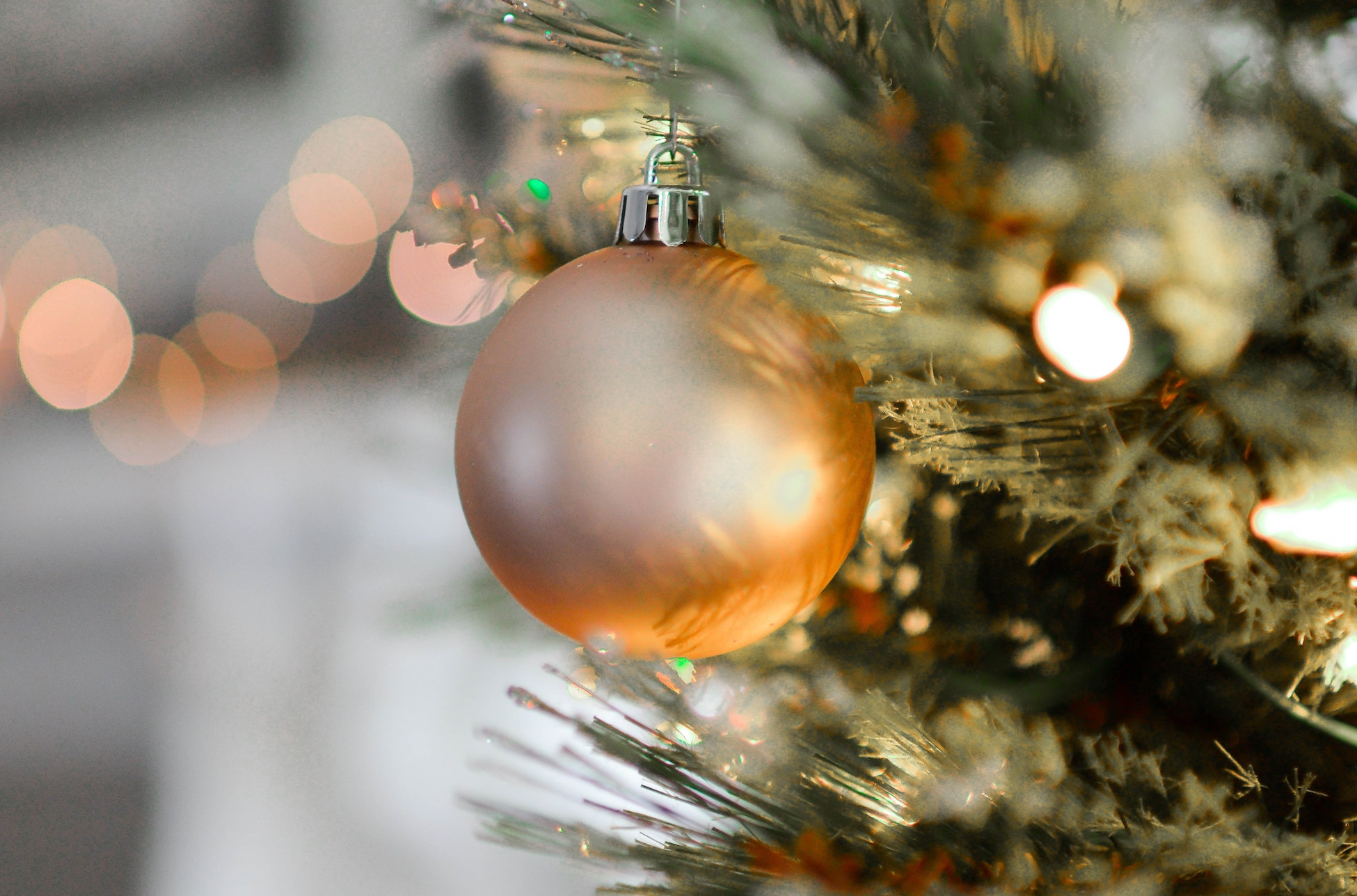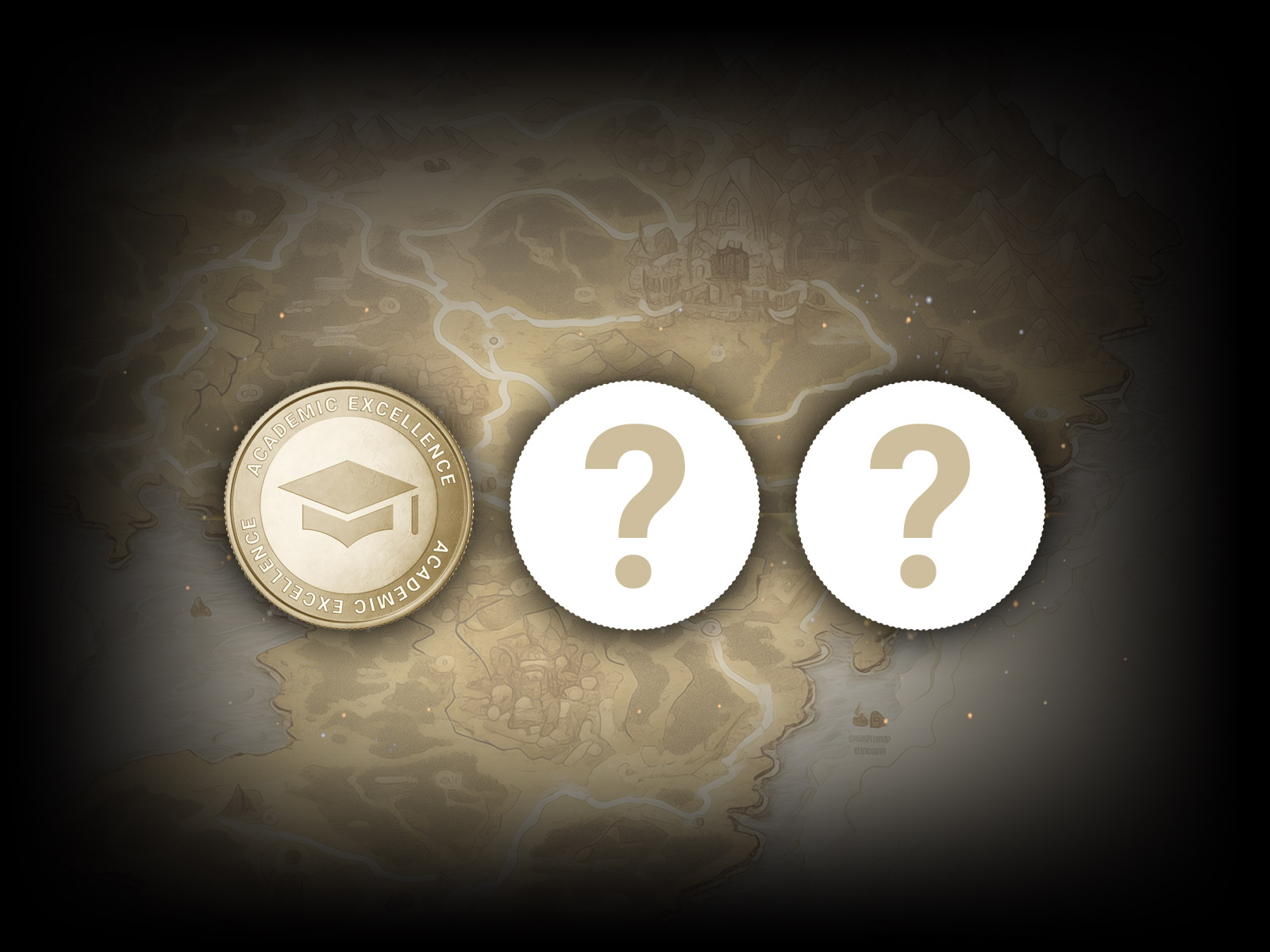News and Media

How the World Celebrates Christmas: the history behind our decorations and characters
Christmas in Australia means an explosion of colourful decorations and traditions*.
They usually range from baubles, lights and tinsel hanging on trees and light poles, to giant Christmas trees erected in public squares and stores filled with festive trinkets*.
Christmas is hard to escape once December arrives down under.
But what is the history behind all these decorations and traditions?
Kids News did some investigating and found some of them stretched back hundreds and hundreds of years, while others were introduced more recently.
Here is some of what we learned, plus a few global traditions that might surprise you.
The tradition of decorating evergreen* trees started as long ago as the 4th century (the 300s).
Ancient Romans and Pagans (those who didn’t follow a religion or believed in more than one god) believed the trees signalled the “return of life” and “light” after a long winter. The trees formed part of their celebrations for the winter solstice, which is the shortest day of the year.
A common decoration on the tree branches was red apples, which is believed to have sparked the modern tradition of hanging coloured baubles on our trees today.
During the 16th century, Germans were thought to be the first to bring “Christmas trees” into their homes for the holidays and decorate them with cookies and lights. The Christmas tree made its way to America in the 1830s, but it wasn’t popular across the world until 1846, after Germany’s Prince Albert brought it to England when he married Queen Victoria. The two were sketched in front of a Christmas tree and the tradition instantly became popular.

